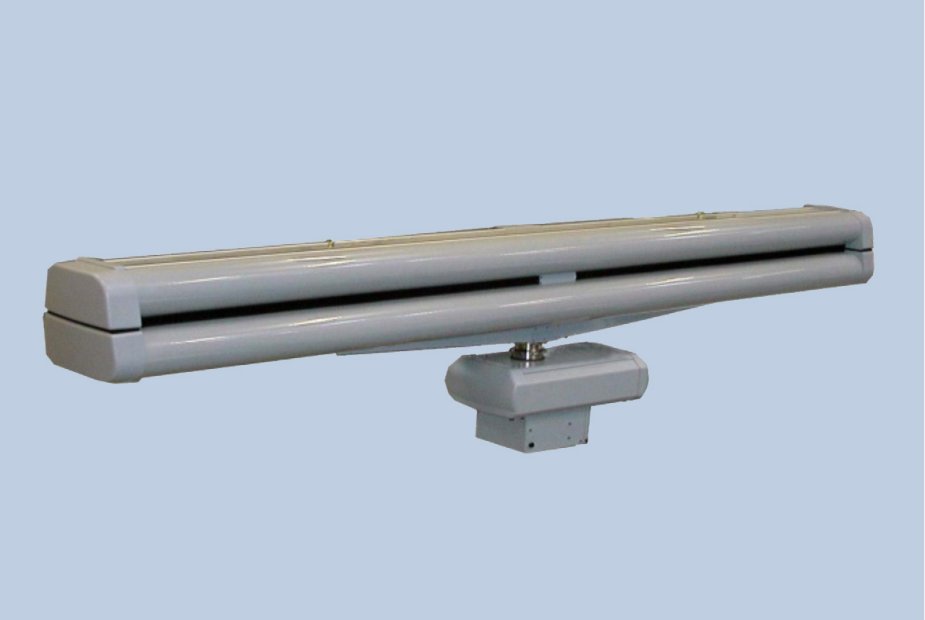Breaking news
Indian work on Maldives coastal radars resumes full steam.
As part of the Indian project "Radar Chain" that will link up systems in India, Sri Lanka, Mauritius, and Seychelles, Maldives were scheduled to set up 10 Coastal Surveillance Radars made by Bharat Electronics Limited (BEL India). And after some political uncertainty in the Maldives, work resumes full steam on those radars.
 Coastal Surveillance Radar made by Bharat Electronics Limited (Picture Source: BEL)
Coastal Surveillance Radar made by Bharat Electronics Limited (Picture Source: BEL)
The "Radar Chain", which will link up Coastal Surveillance Radars in India, Sri Lanka (6), Mauritius (8), Seychelles (1) and Maldives (10), aims to provide a comprehensive live feed of ship movements in the Indian Ocean Region (IOR). This feed would then be used by the Indian Navy and its allies through the Indian Information Fusion Centre – Indian Ocean Region (IFC-IOR).
7 out of the 10 radars that had to be set up are now being fitted with the latest systems that can relay location information, videos and images live to a central command unit. As for the 3 other radars, they were already operational but could only relay the Automatic Identification System (AIS) data. Therefore, those radars are also being upgraded by Bharat Electronics Limited (BEL).
Such radar systems are capable of detecting small targets like rubber boats to quite large and nearby targets, with an ability to handle a large dynamic range of signals in addition to being able to suppress clutter.
Features such as programmable Pulse Repetition Frequency, programmable Pulse Width and random stagger are available to enable the task-specific set-up of the Receiver- Transmitter. And their Target Trackers are optimized for marine applications for all-weather detection and tracking of small targets in cluttered environments.
The radars are characterized by high resolution, wide receiver dynamic range, noise reduction facilities, built-in test equipment and the ability to perform remote servicing activities. Frequency (and time) Diversity is used in the X-band radar to de-correlate sea clutter, eliminate small target fluctuations, reduce multipath effects and thereby improved detection of small targets at all ranges.


























